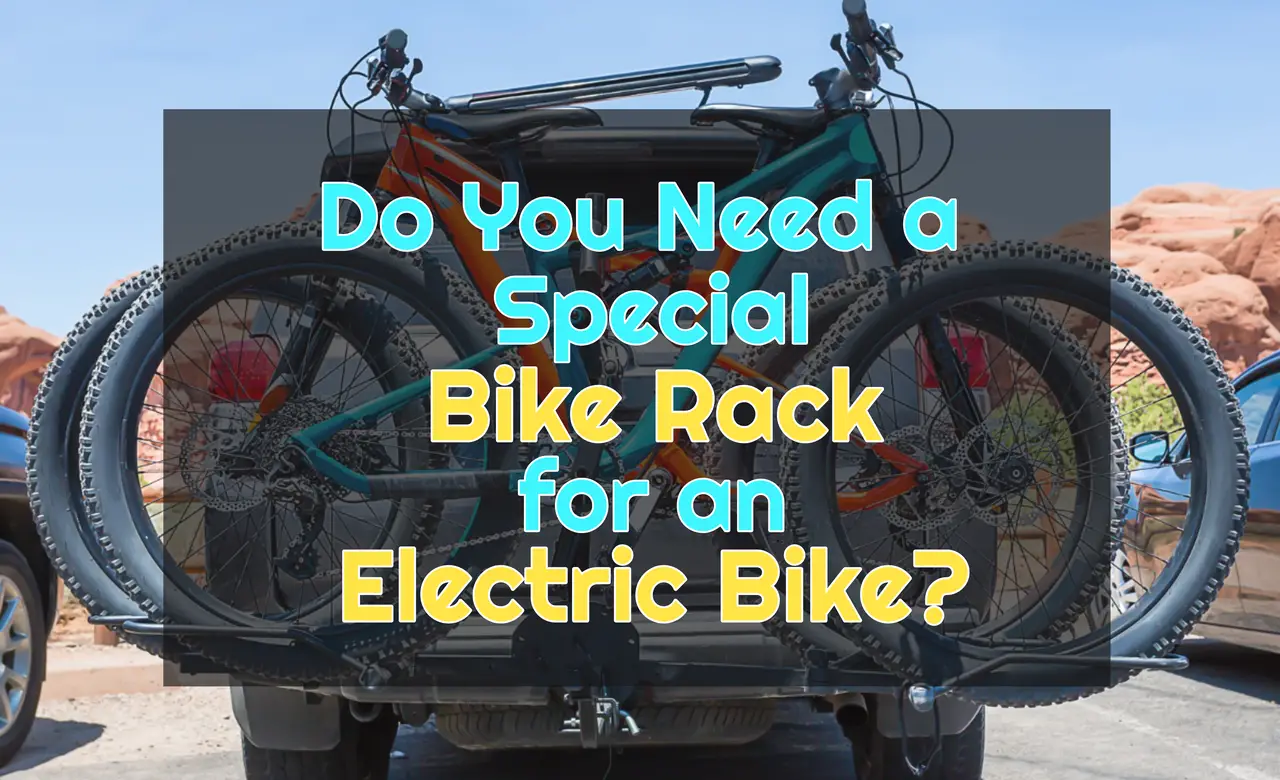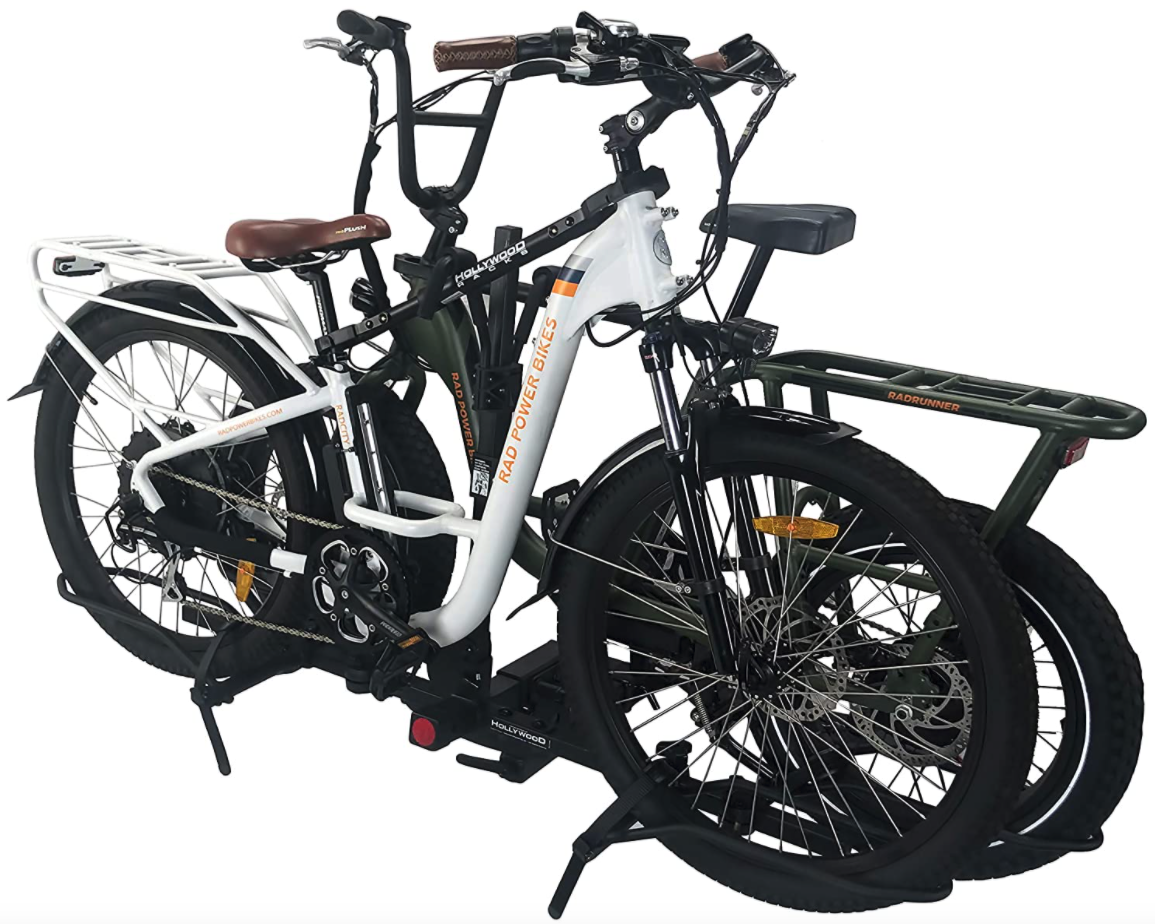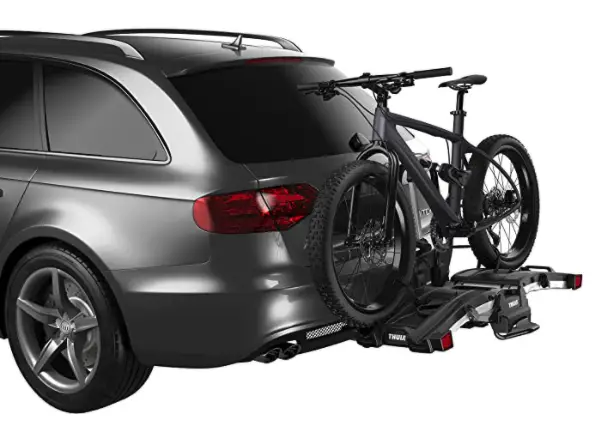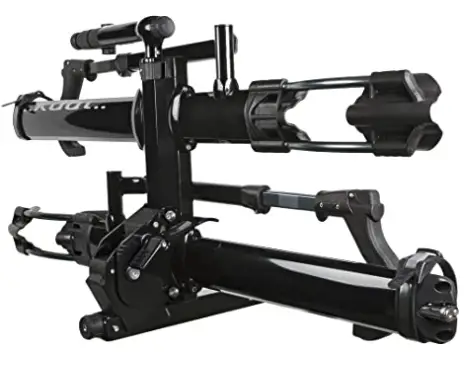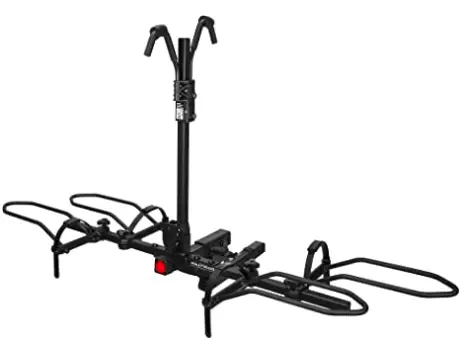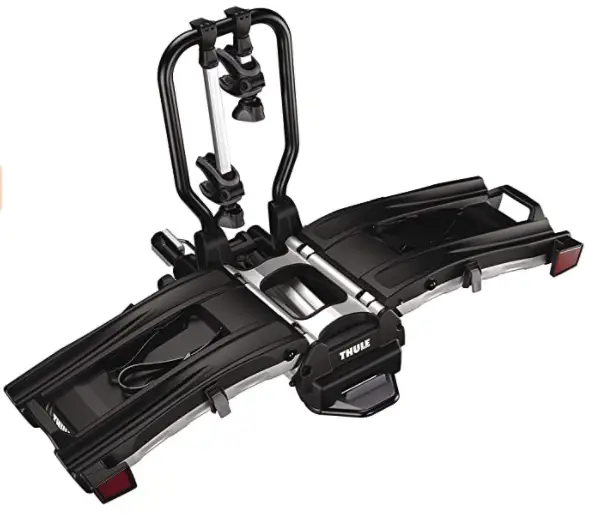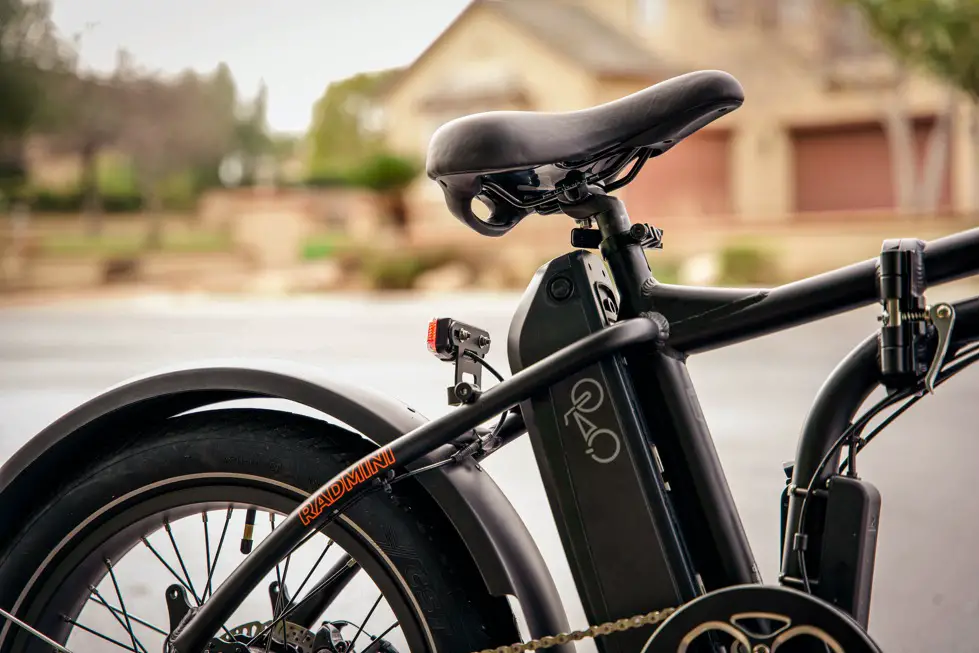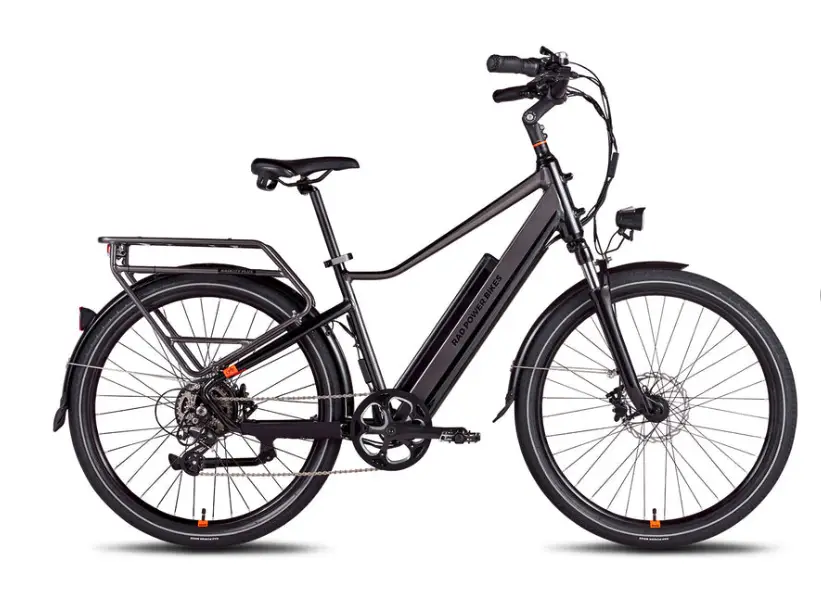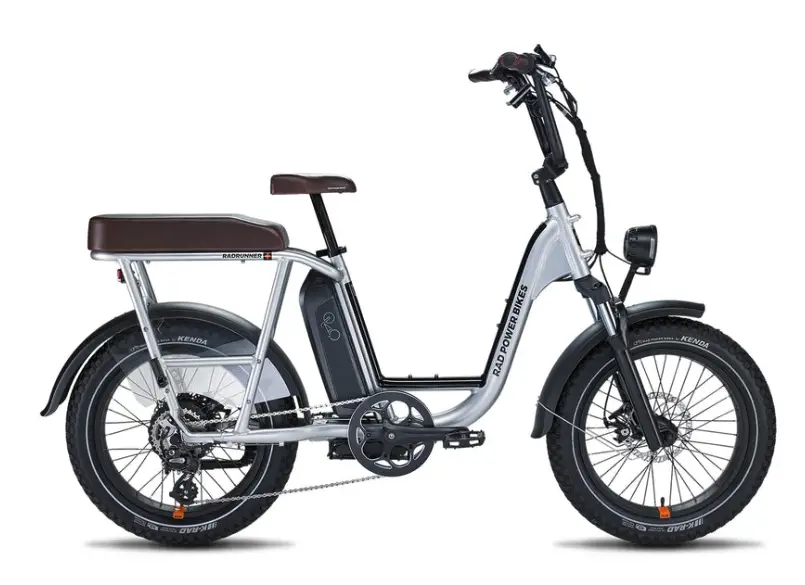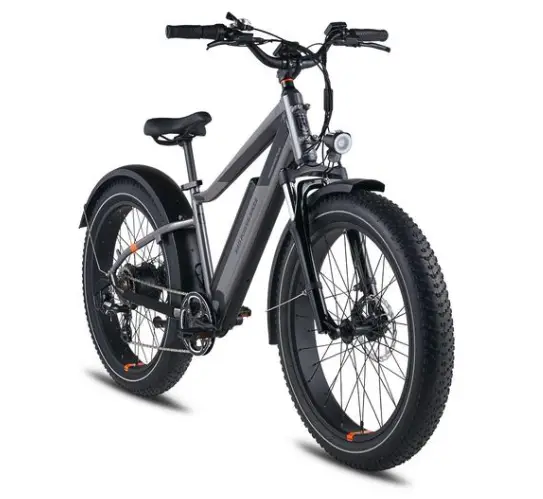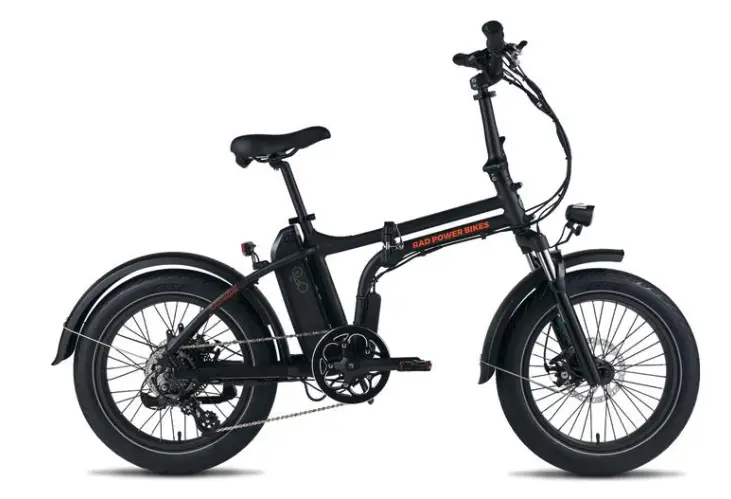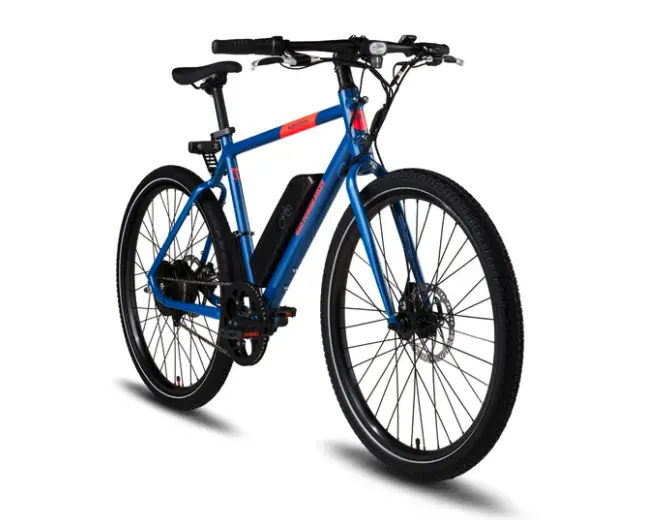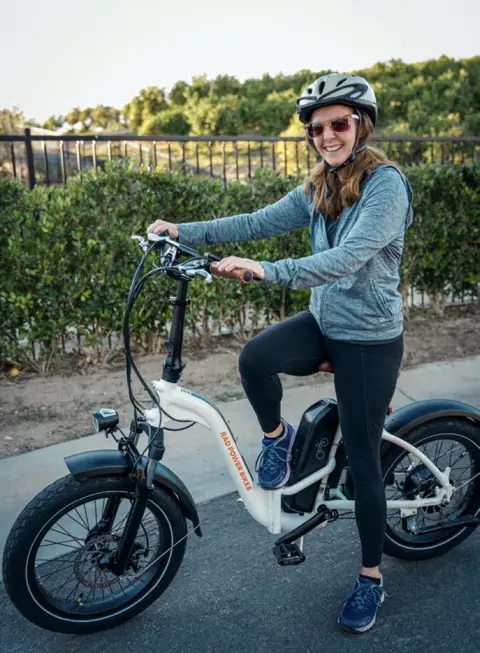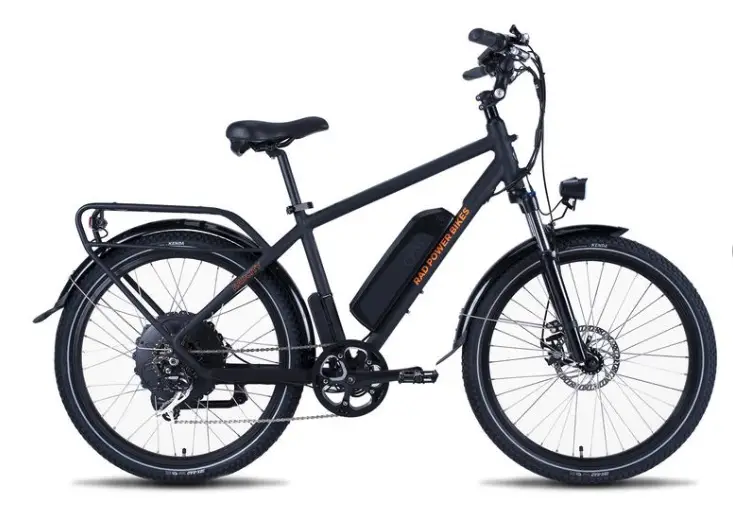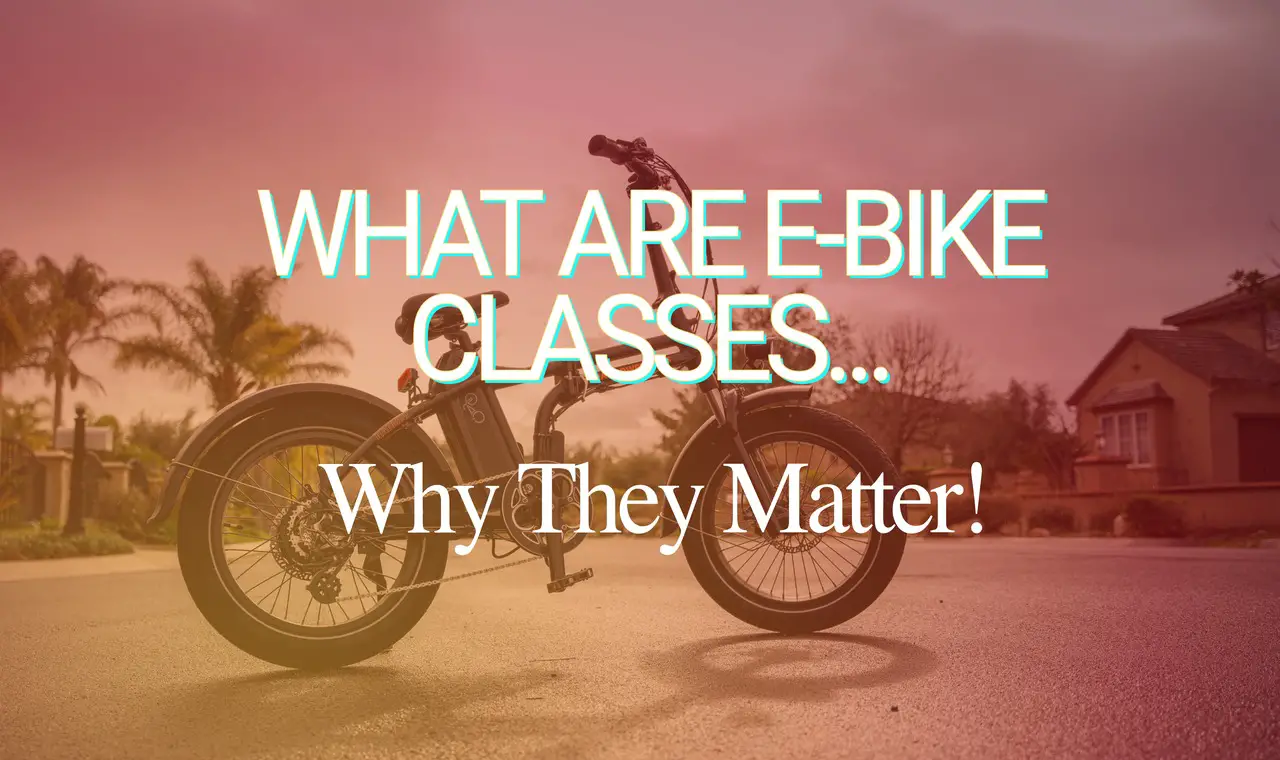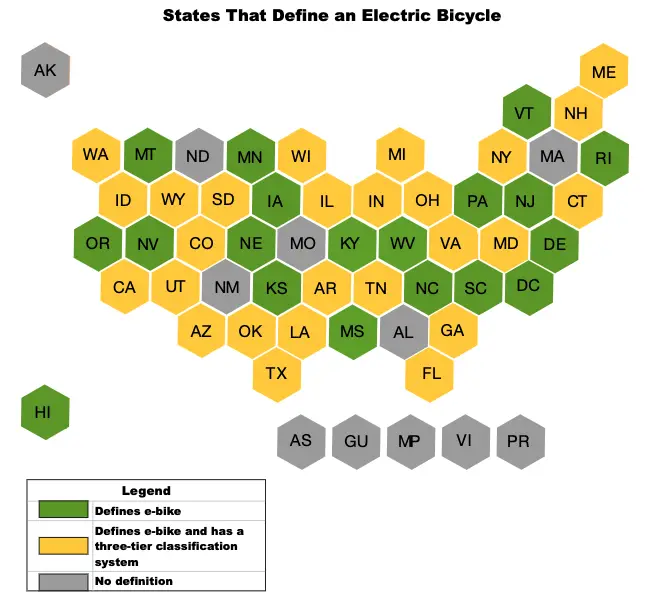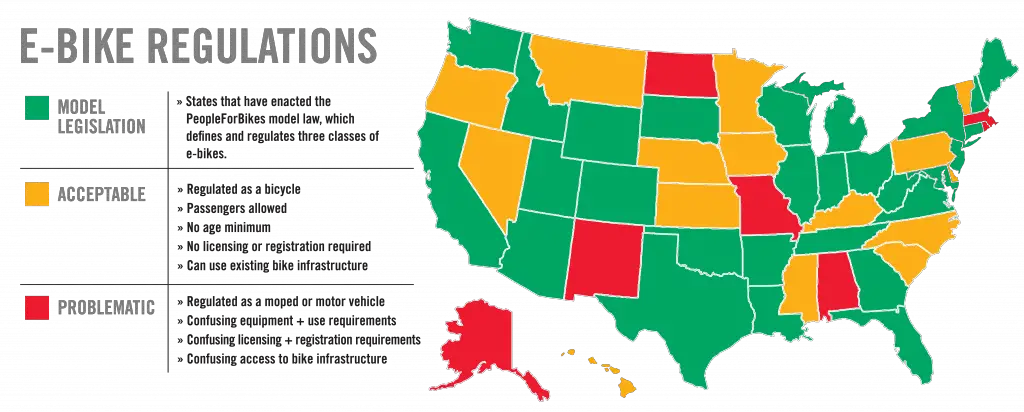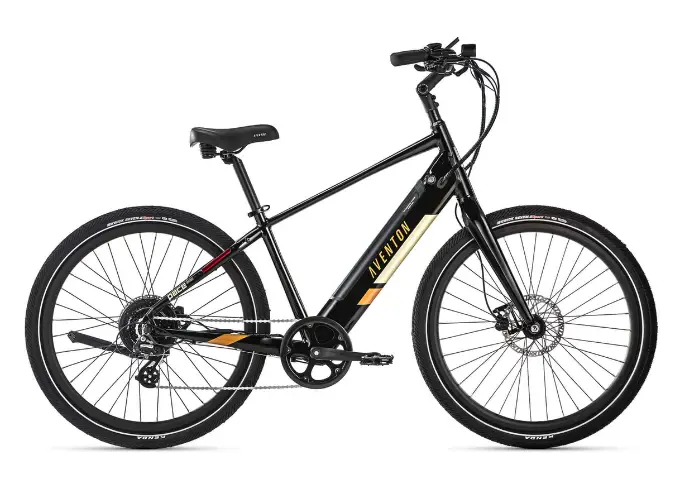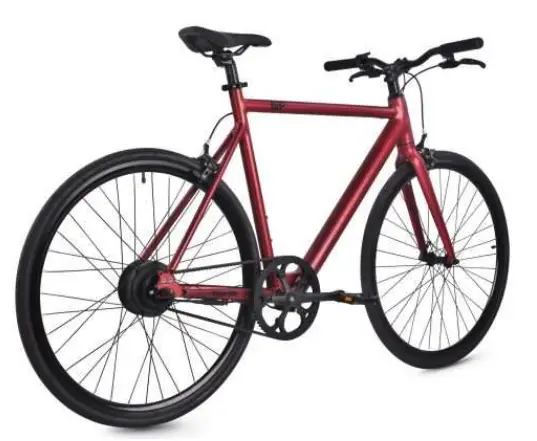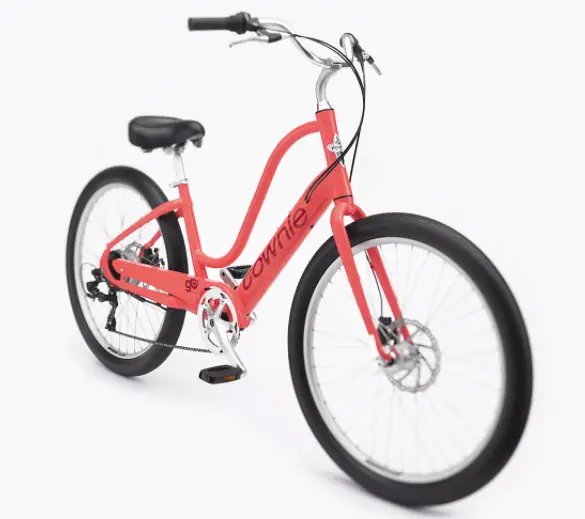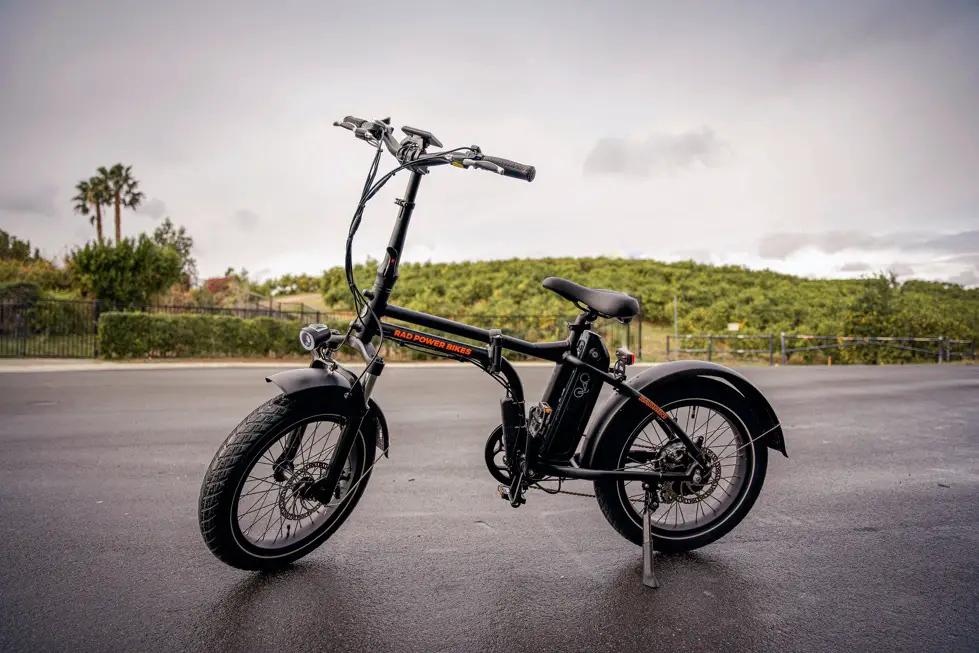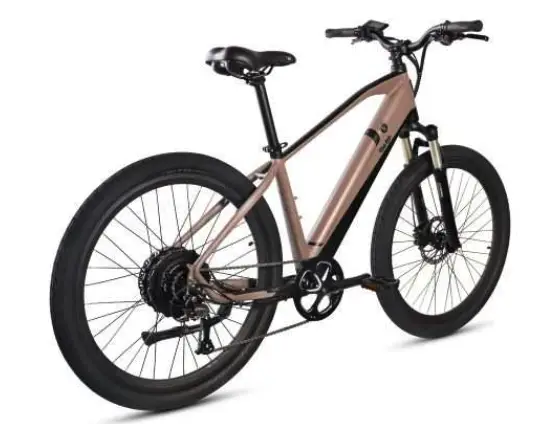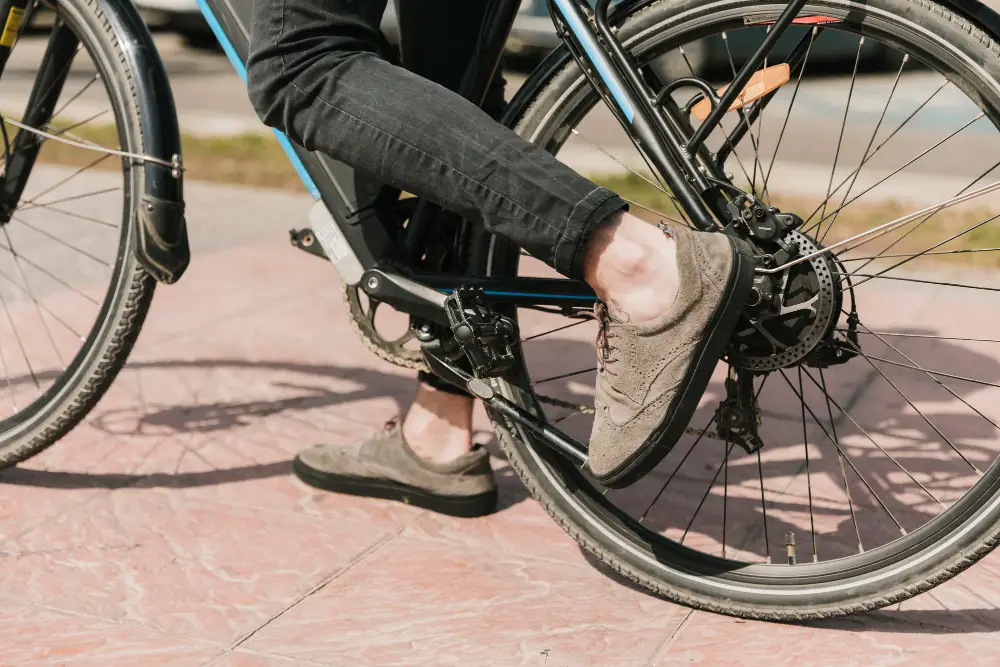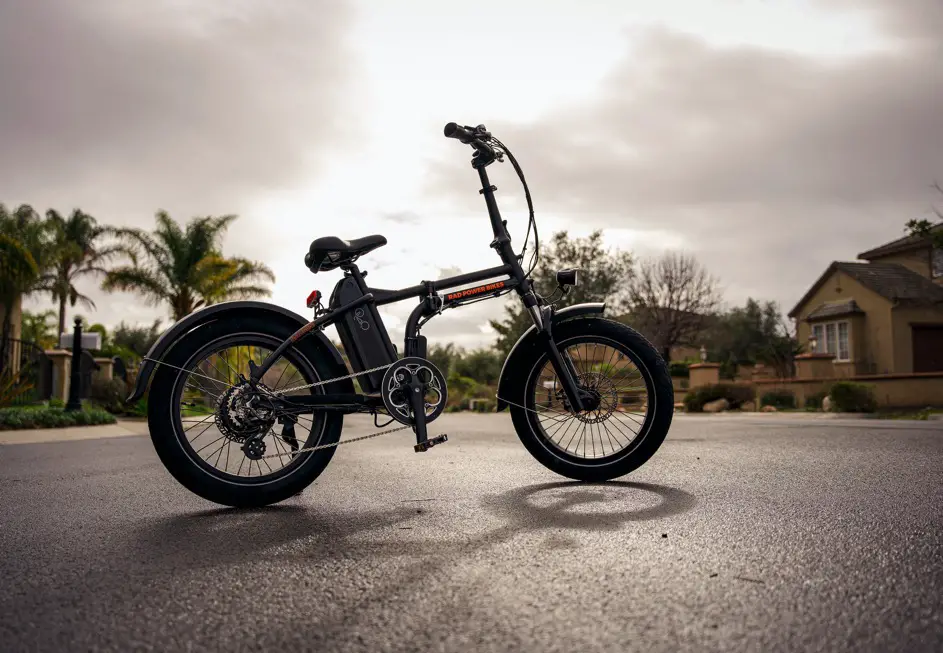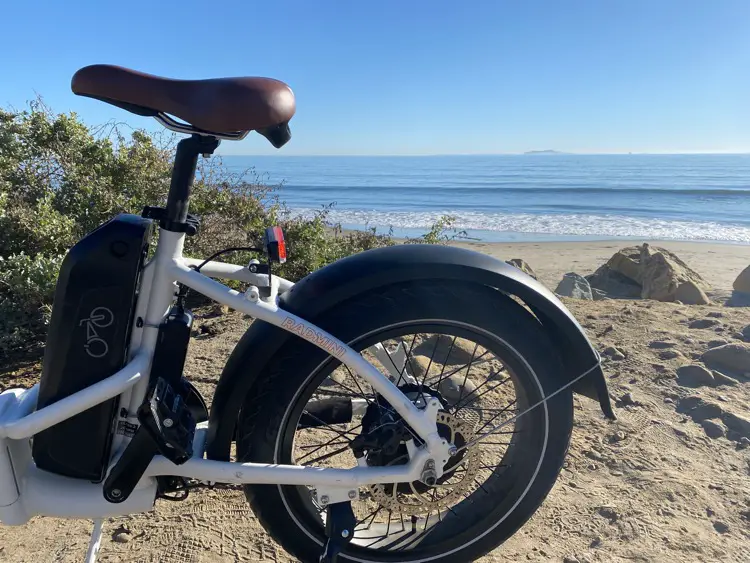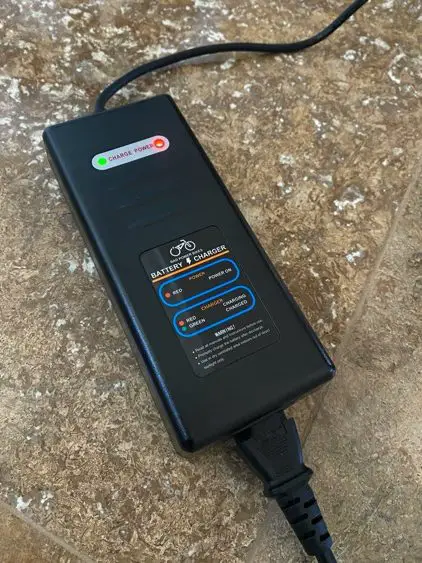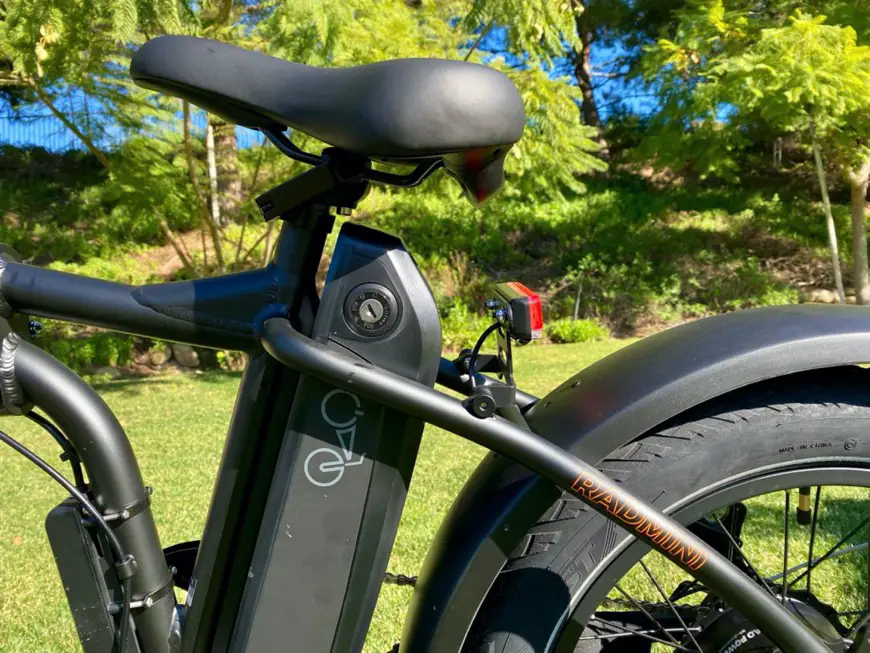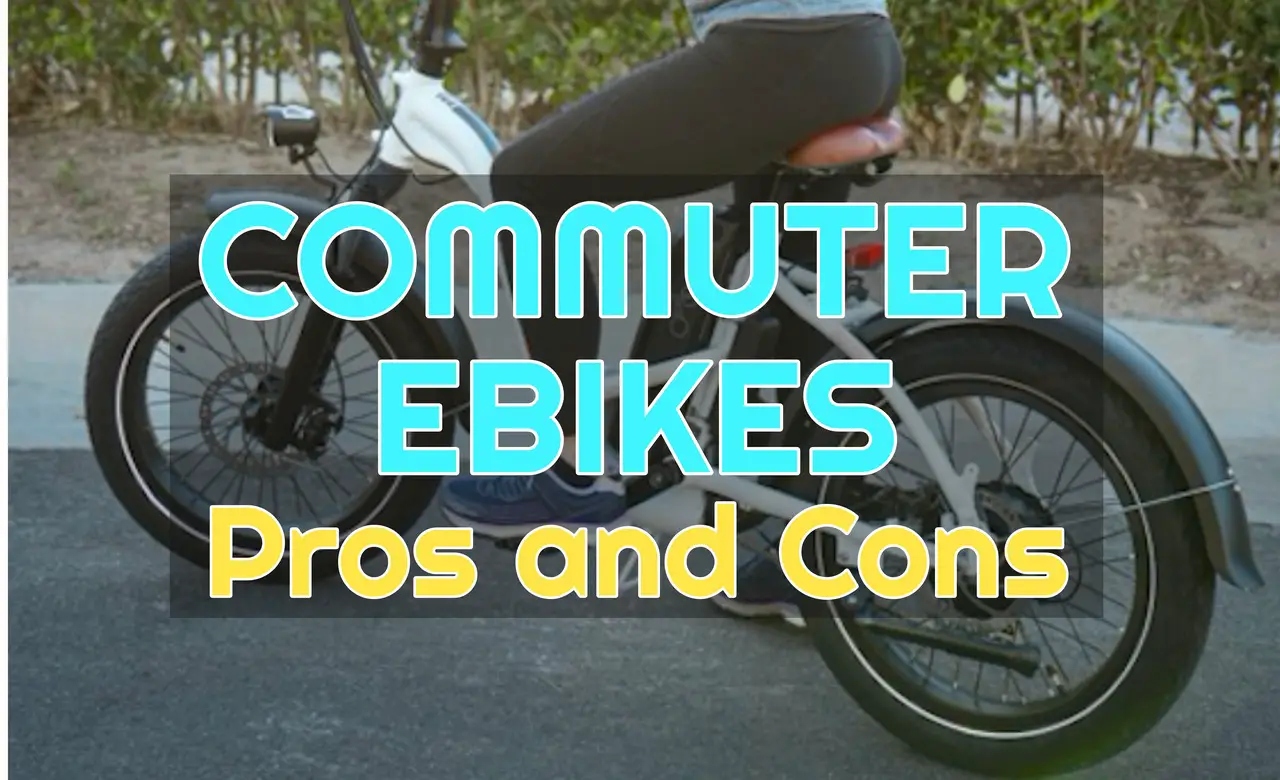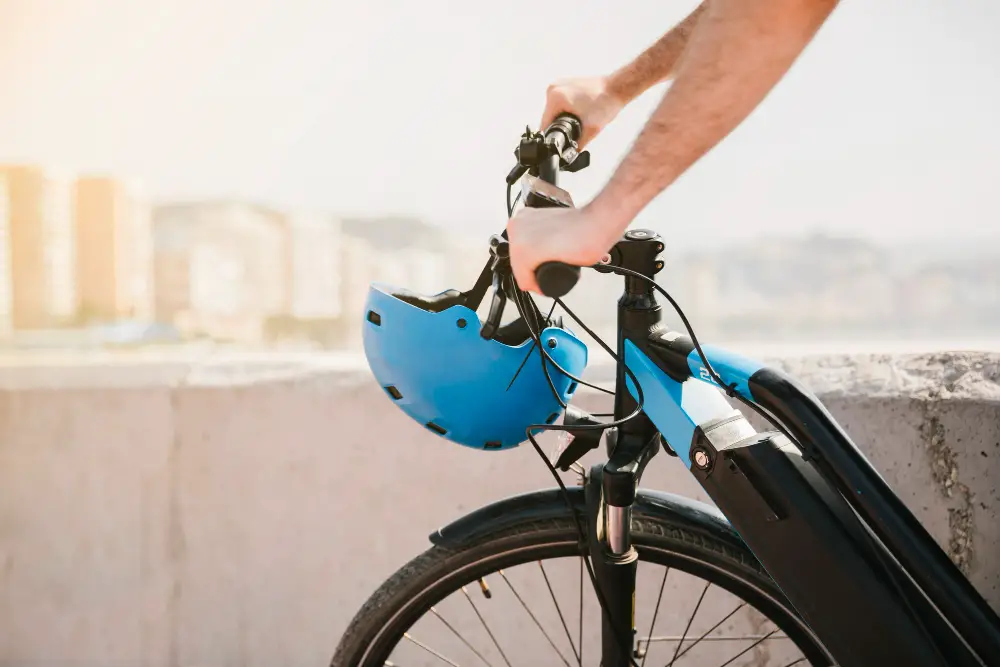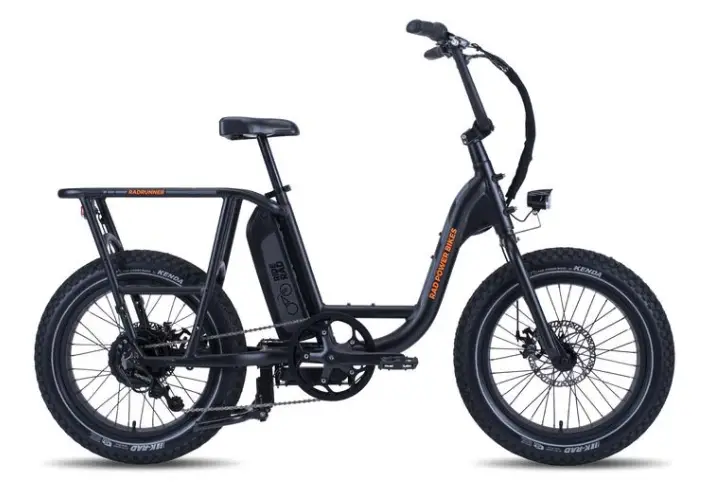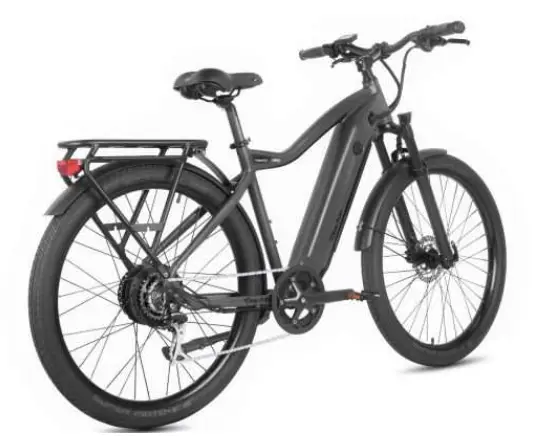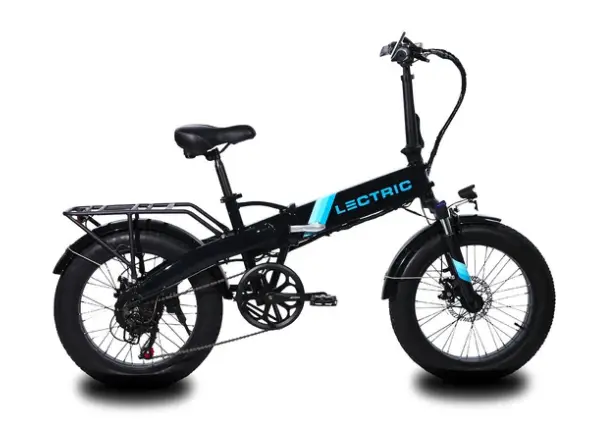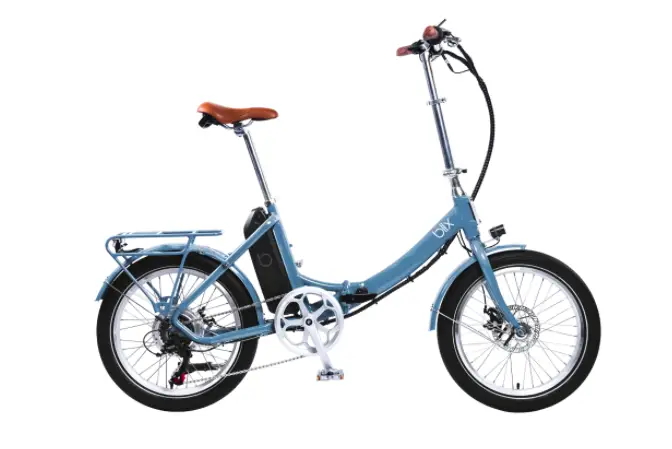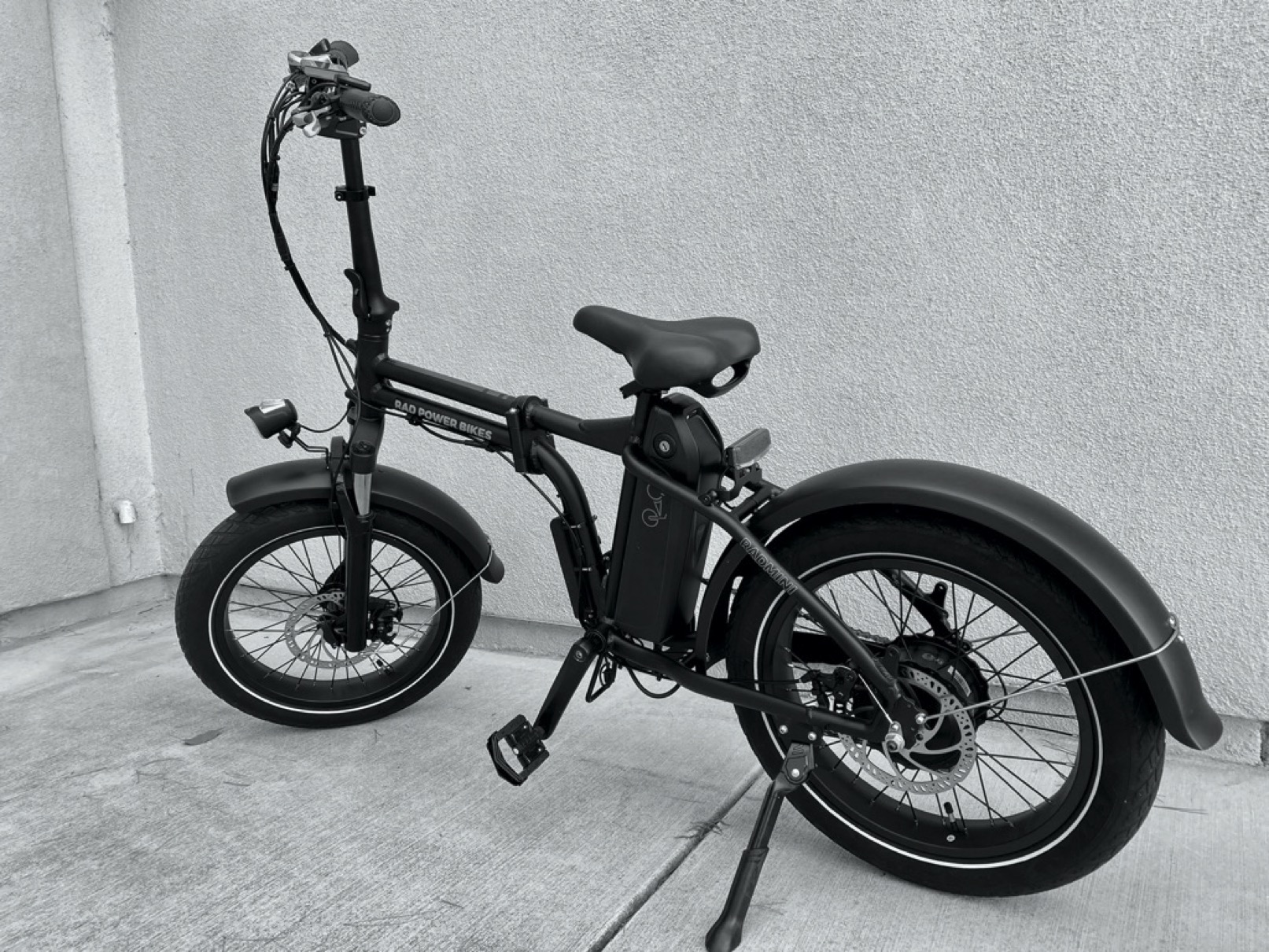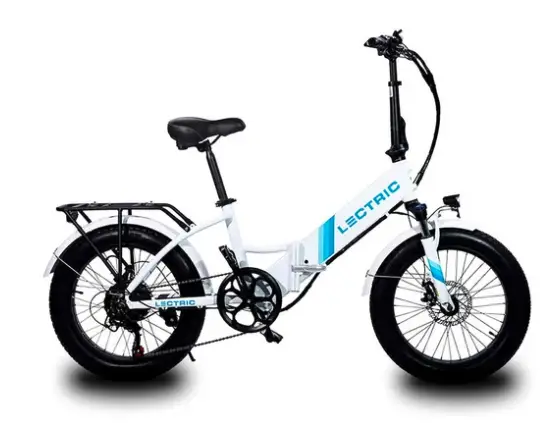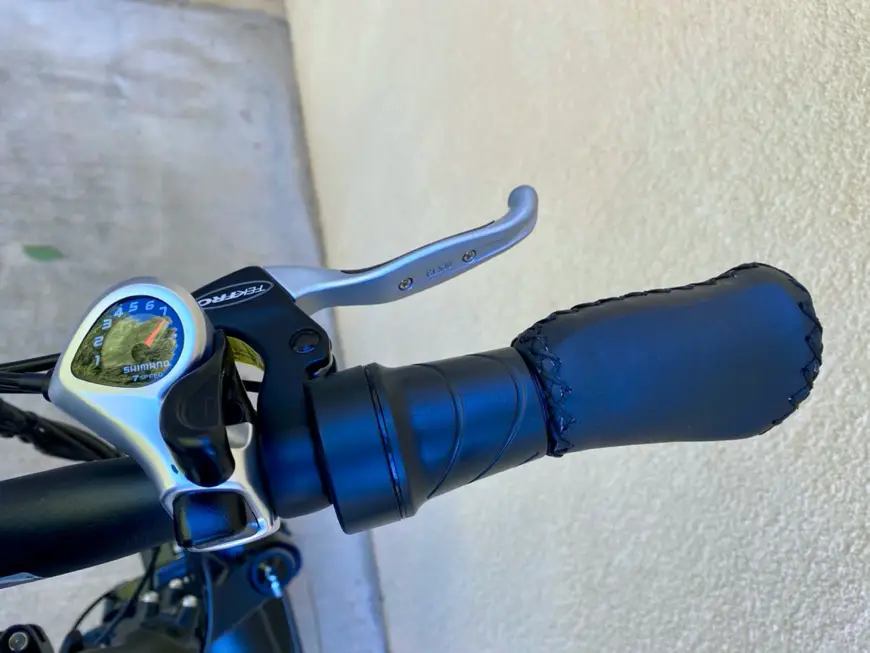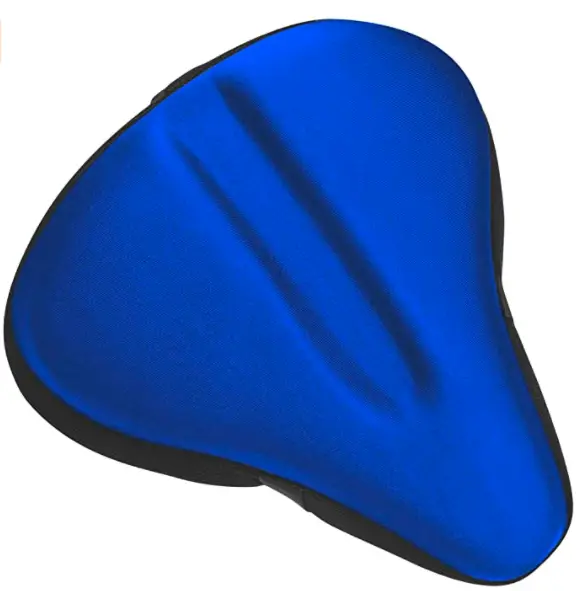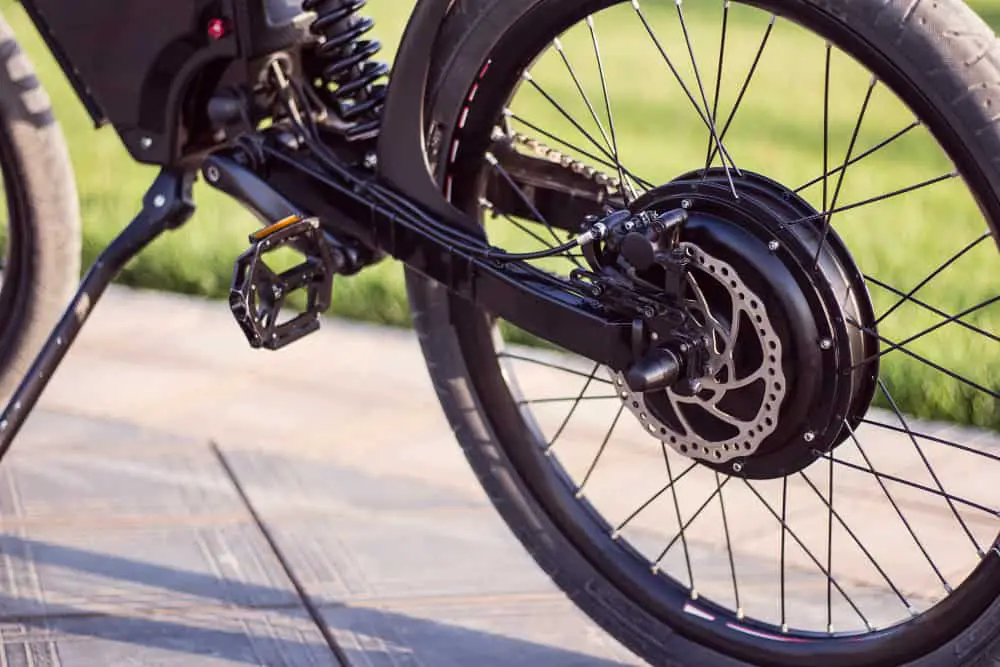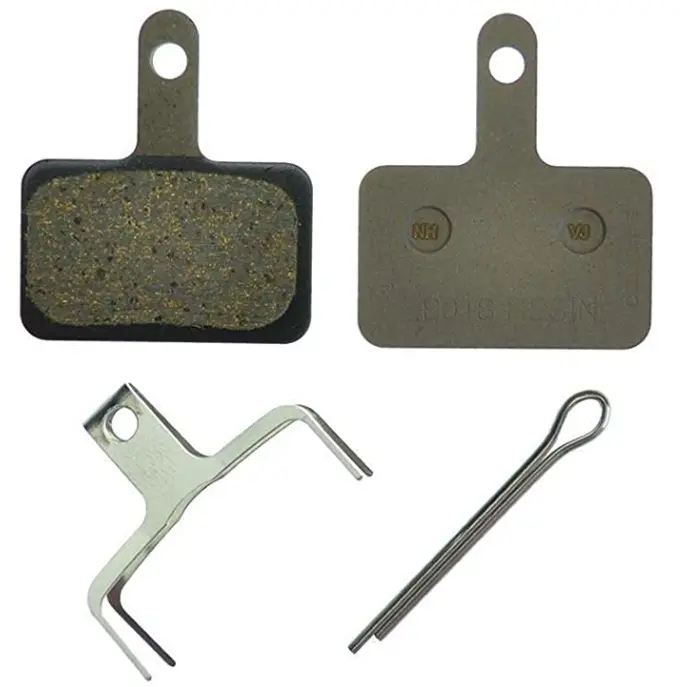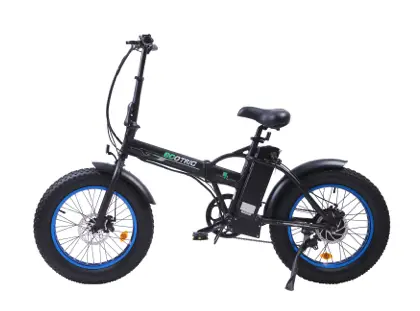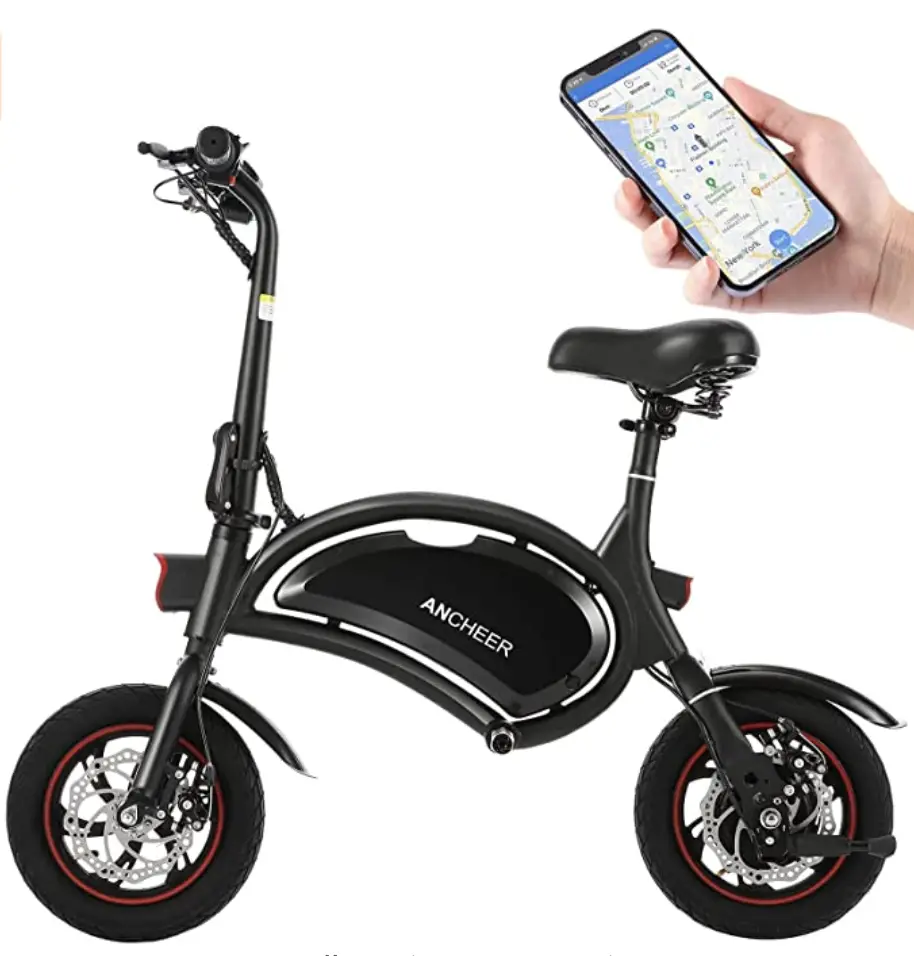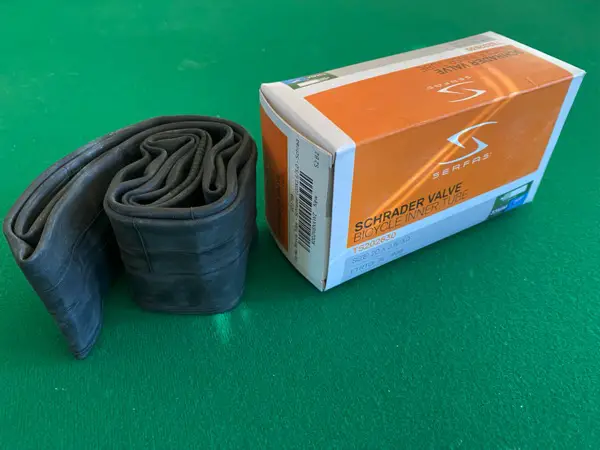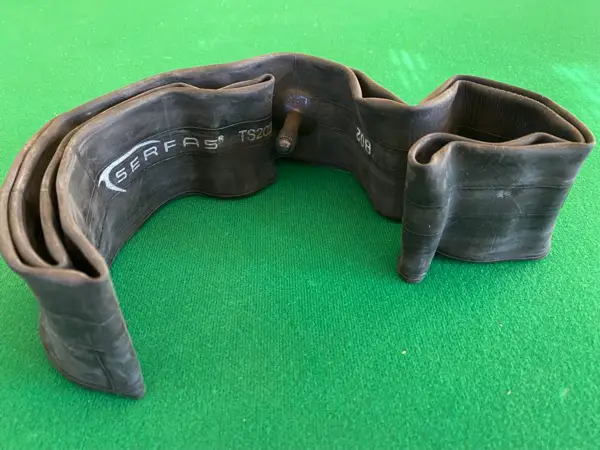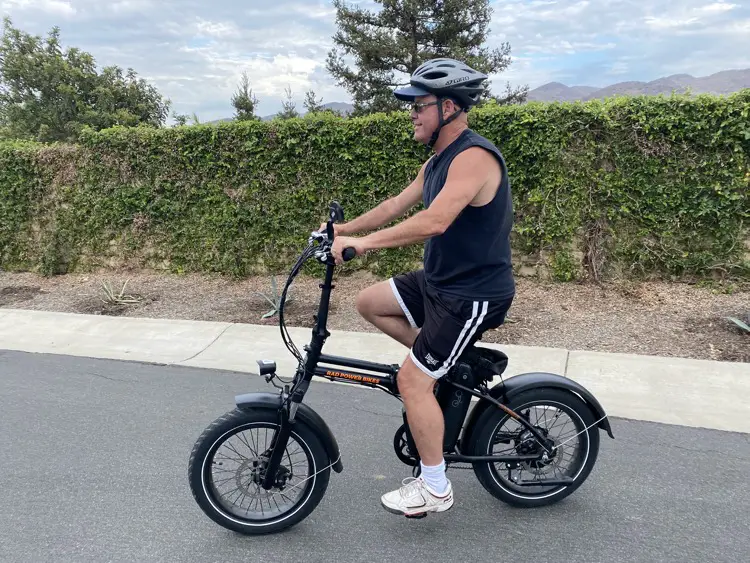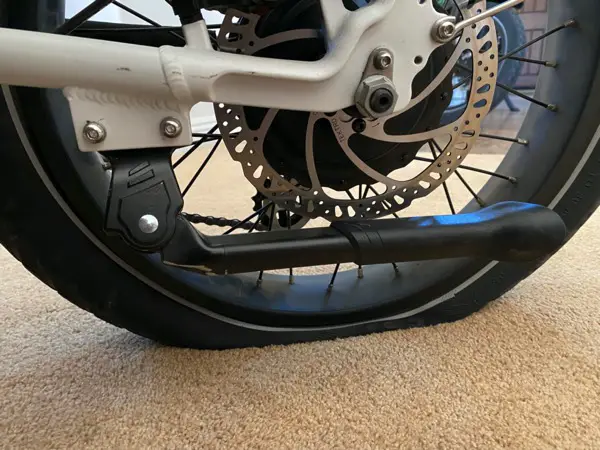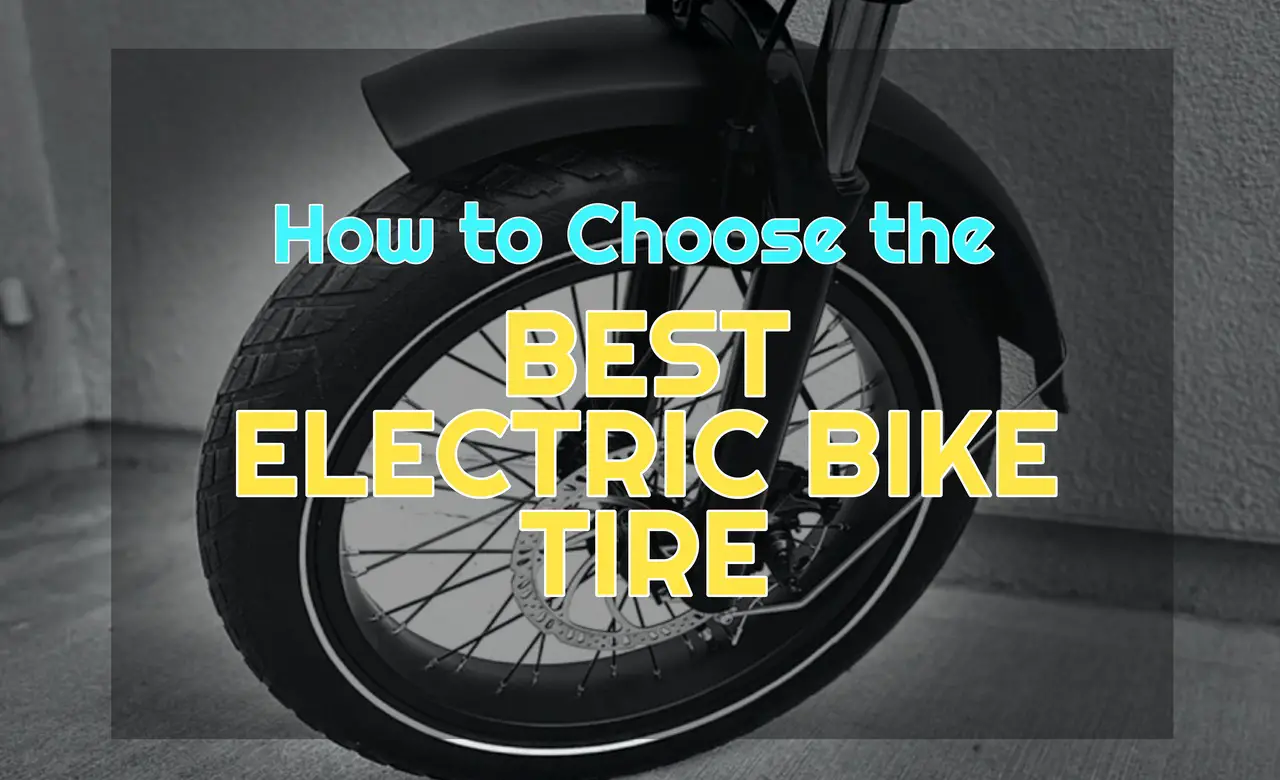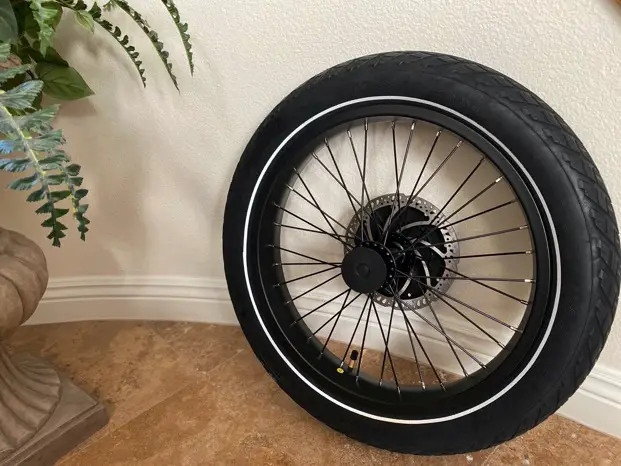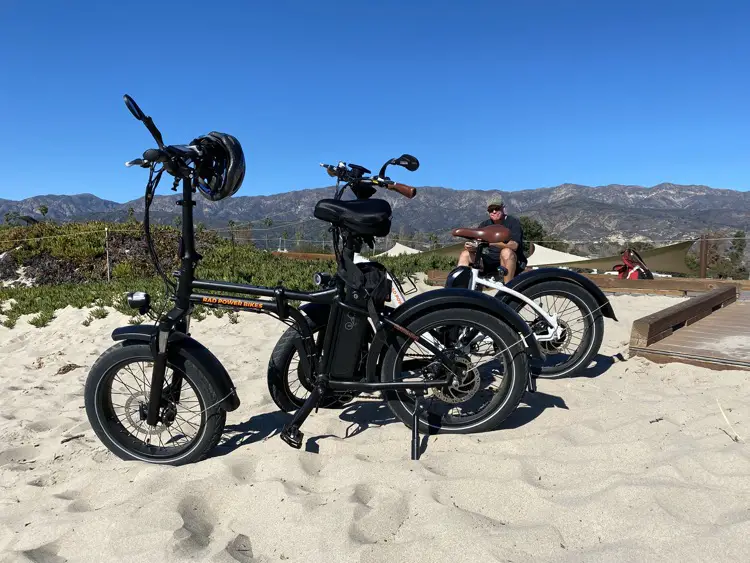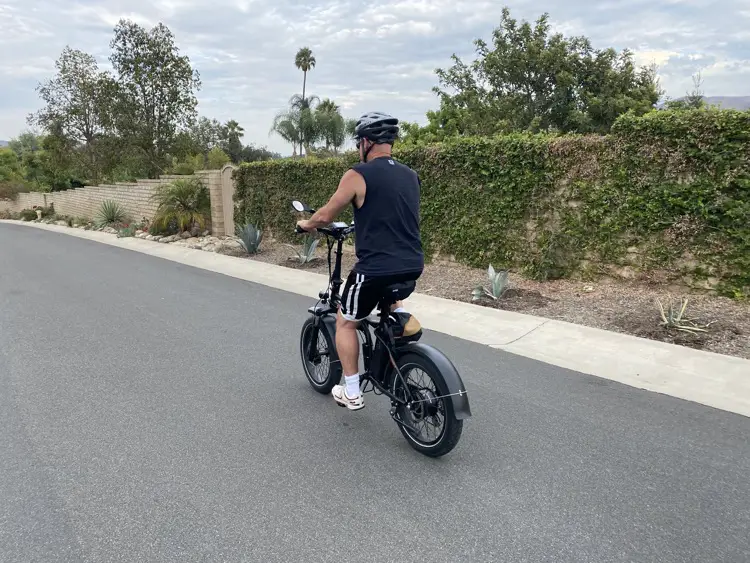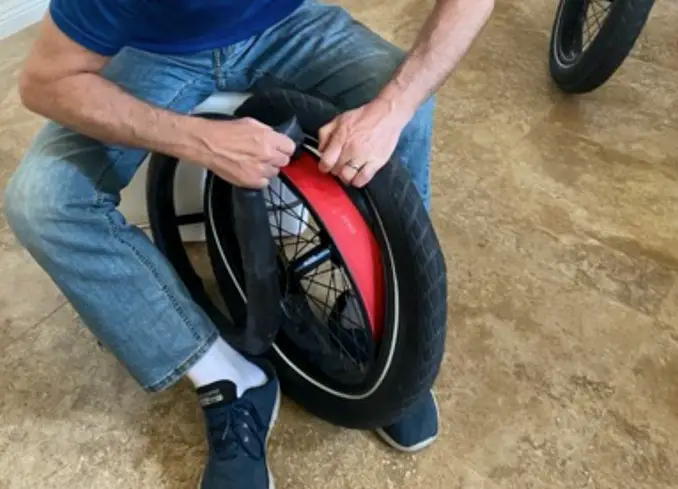So you need to replace the sprockets on your electric bicycle, but they seem so expensive, especially compared to freewheels. Do you need to buy the costly cassette sprockets, or can you put a freewheel on your e-bike?
You can freewheel on an electric bike, but only if the rear wheel is designed for a freewheel. In general, it’s possible to coast using either a freewheel or a freehub and cassette system. Freewheels are considered inferior and tend to be used on less expensive e-bikes.
In this article, I’ll break down what exactly a freewheel is for electric bikes and how this differs from a freehub. I’ll also consider fixed-gear and cassette systems and whether or not it’s a good idea to exchange them with freewheels.
Keep reading to learn more and determine if a freewheel on your e-bike is the right way to go.
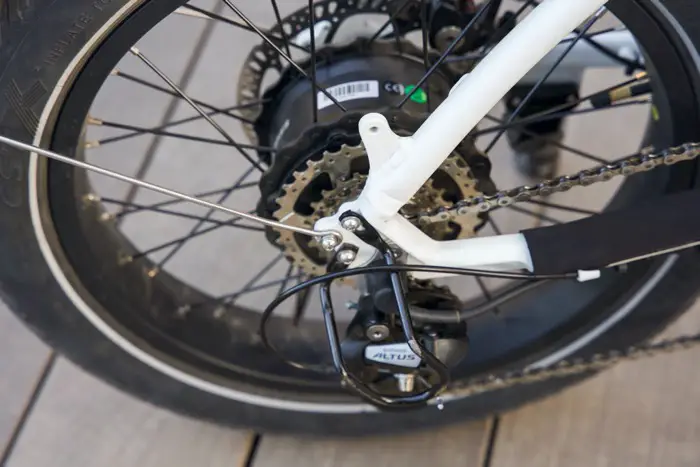
What Is a Freewheel?
A freewheel is a sprocket cluster screwed onto a rear hub. When you pedal forward on an e-bike with a freewheel, you’ll travel forward. When you stop pedaling, the pedals stop, and you’ll coast. If you pedal backwards with a freewheel, it has no effect.
A freewheel works by having the outer body turn freely in one direction only. A ratchet-type mechanism inside stops the freewheel from engaging in the other direction.
Known as a pawl, this spring-loaded part engages a pair of teeth as the cyclist pedals, and the wheel moves forward. When the e-cyclist stops pedaling on an e-bike (same as a traditional bike), the pawls extend, so the freewheel stops moving. This allows the rider to coast, and the pedals don’t continue spinning.
When an electric bicycle coasts, the pawls of the freewheel generate the familiar ticking sound.
Because most electric bikes, as well as standard bicycles, have a freewheel, they are easier to ride without exhausting yourself. This is why experienced cyclists and those riding primarily to get a workout may not wish to have a freewheel.
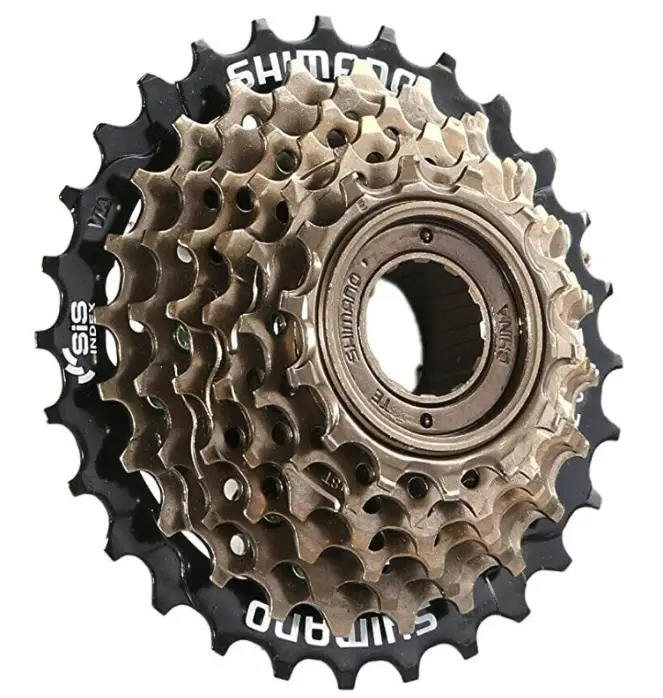
What Is a Freehub?
A freehub is a rear hub with a cassette ratchet mechanism built into its body. Only the sprockets of a freehub get replaced when they wear out, not the ratchet mechanism. Unfortunately, the cassette and freehub systems aren’t interchangeable, as new cassettes only work with the corresponding freehub.
Traditional rear hubs had standardized threads to which any freewheel could be screwed. As a result, a cyclist could put a freewheel from practically any brand on their hub. Then, if the sprockets wore out or the rider wanted a different gear ratio, they could remove the cluster and replace it.
Freehubs have several advantages that have made them the standard.
- Strength. The axle bearings on a freehub system are spaced further apart, and this additional spacing makes the freehub system less likely to break.
- More gears. The design of freehubs allows for larger hub bodies. Most freewheel systems have 5-7 speeds, while cassettes can go 10+ speeds.
- Easier to replace. It’s challenging to remove sprockets from a freewheel on an e-bike since they tighten on the threads of the hub as you pedal. On the other hand, removing sprockets from a Freehub is easier.
Shimano trademarked the name Freehub when it began selling these hubs with a cassette of sprockets. Since then, freehub and cassette are often used interchangeably.
How Is a Cassette System Different From a Freewheel?
A cassette system is different from a freewheel because the ratchet mechanism that allows the rear wheel to spin freely is built into the hub body. Therefore, when the sprockets on a cassette freehub are worn out, the entire ratchet mechanism doesn’t need to be removed, only the sprockets.
This can lead to confusion because some people use the term cassette when they mean freehub. Both a freewheel and cassette/freehub have rear hubs.
So to unconfuse yourself—remember that both freehub and cassette refer to the same system for attached sprockets, or gears, to the rear wheel.
Fixed Gear Electric Bikes
The term fixed-gear for an electric bike can mean one of two things. The first is that the action of the pedals is directly related to the motion of the rear wheel. In other words, if you bike forward, the pedals are also turning.
Since the bike pedals turn as long as the back wheel spins, coasting is difficult. However, you can slow the rear wheel by applying reverse pressure to the pedals (or pedal backwards).
But the second and more common use of fixed gear in electric bicycles is fixed speed. A fixie or single-speed refers to an e-bike that has only one gear (such as the RadMission single-speed metro e-bike from Rad Power Bikes).
Therefore, the e-bike’s speed is determined by how quickly you pedal and how much power your e-bike has. Also, because it has only one gear, a single-speed “fixie” is more reliable, lighter, and less expensive than geared e-bikes.
However, a fixie isn’t without its weakness. The lack of gears means riding up hills can be more difficult if the rear hub motor isn’t particularly powerful or if your battery capacity is low.
Most fixed-gear electric bikes still have a freewheel mechanism. However, the term fixed-gear refers to the gears (or lack of them), and freewheel refers to the wheel.
But considering the focus of an e-bike is on “electric,” the terminology related to shifting gears is confusing. “Fixed gear” can add to the confusion.
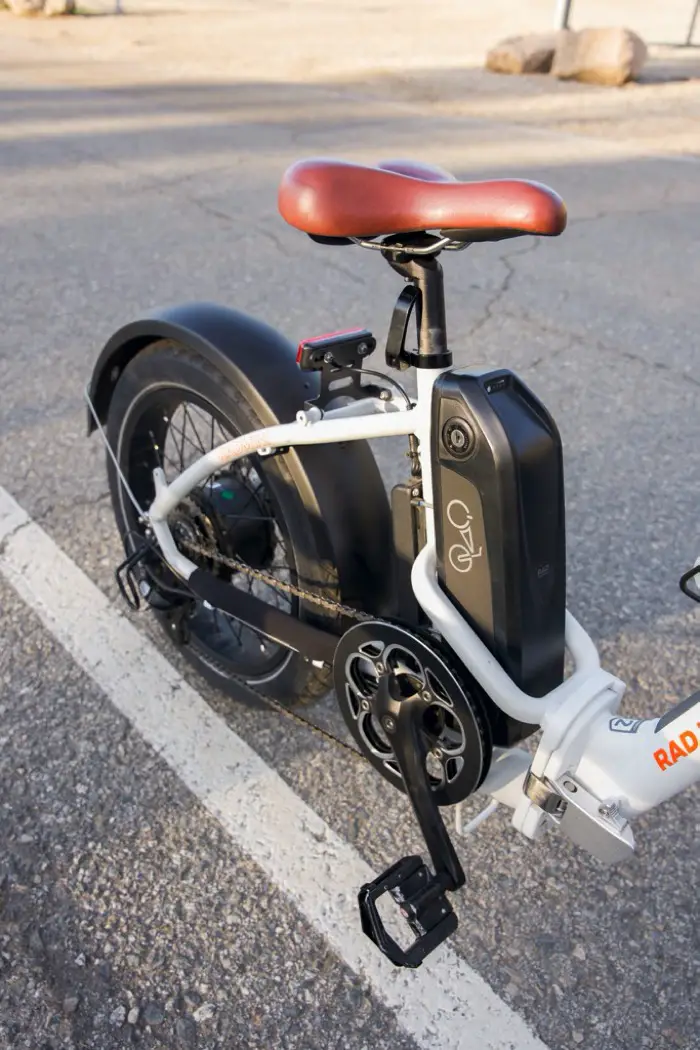
Can the Cassette Be Exchanged With a Freewheel on an E-Bike?
The cassette can be exchanged with a freewheel on an e-bike, but it doesn’t make a lot of sense to do so. Not only will you need to get a new hub, but you’ll also need to replace the wheel. Furthermore, unless you do the lacing yourself, you won’t save much money.
It should be noted that freewheel hubs aren’t as durable as freehub cassettes. As a result, you’ll rarely see a freewheel on the highest-quality electric bike brands. By switching out to a freewheel setup, you are downgrading your e-bike.
More importantly, switching out a freehub with a freewheel isn’t as simple as replacing one with the other and adding a freewheel hub. The laces on the wheel will also need to be replaced.
Replacing a wheel isn’t impossible, but it can be complicated, especially the first time you try it.
To replace a wheel on an electric bike, you need to:
- Disconnect the electric bike from the battery charge
- Remove the wheel (and thus hub motor on most e-bikes)
- Put on new laces
- Adjust the tension
- True the e-bike wheel
Unless you have a lot of experience with electric bikes, you’ll want to have your bike shop repair and maintenance people do this.
Unfortunately, upgrading an e-bike freewheel to a cassette and freehub system will present you with similar problems. Ultimately, however, the system currently on your e-bike is most likely the one you’ll want to stick with.
Thinking about doing an e-bike conversion? Read our guide first.
Bottom Line for Freewheels on Electric Bikes
Whether you can put a freewheel on your electric bicycle is determined mainly by what type of hub system you’re currently working with.
Freewheels are regarded as inferior and are typically found on lower-priced e-bike models. Still, they work satisfactorily for most e-bikes with rear hub motors. If your e-bike’s rear wheel already has a freewheel, then you can replace it with another one.
You can purchase freewheels on Amazon or in most bicycle stores for your pedal assist e-bike.
However, going from a cassette and freehub system to a freewheel is expensive and probably not worth it. The good news is that you can coast on your electric bike with either system.

